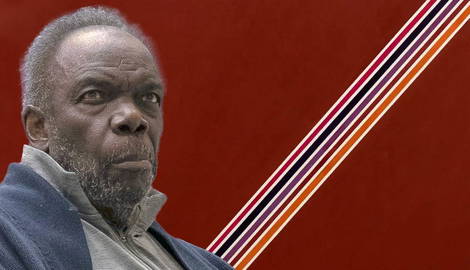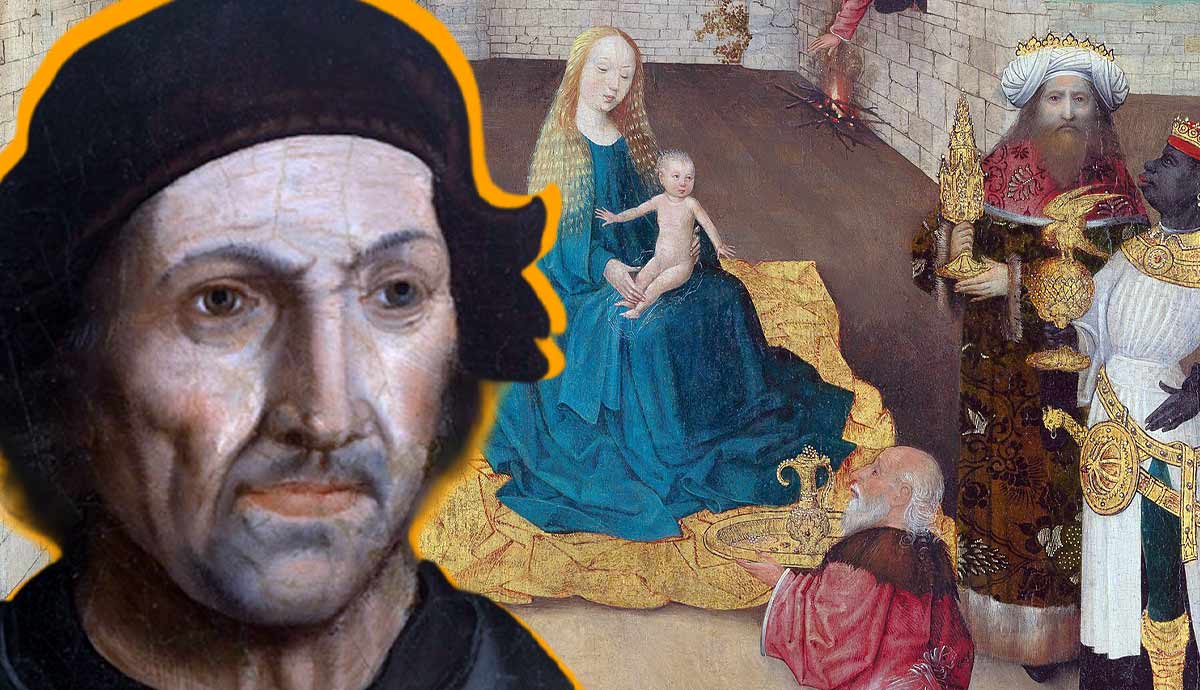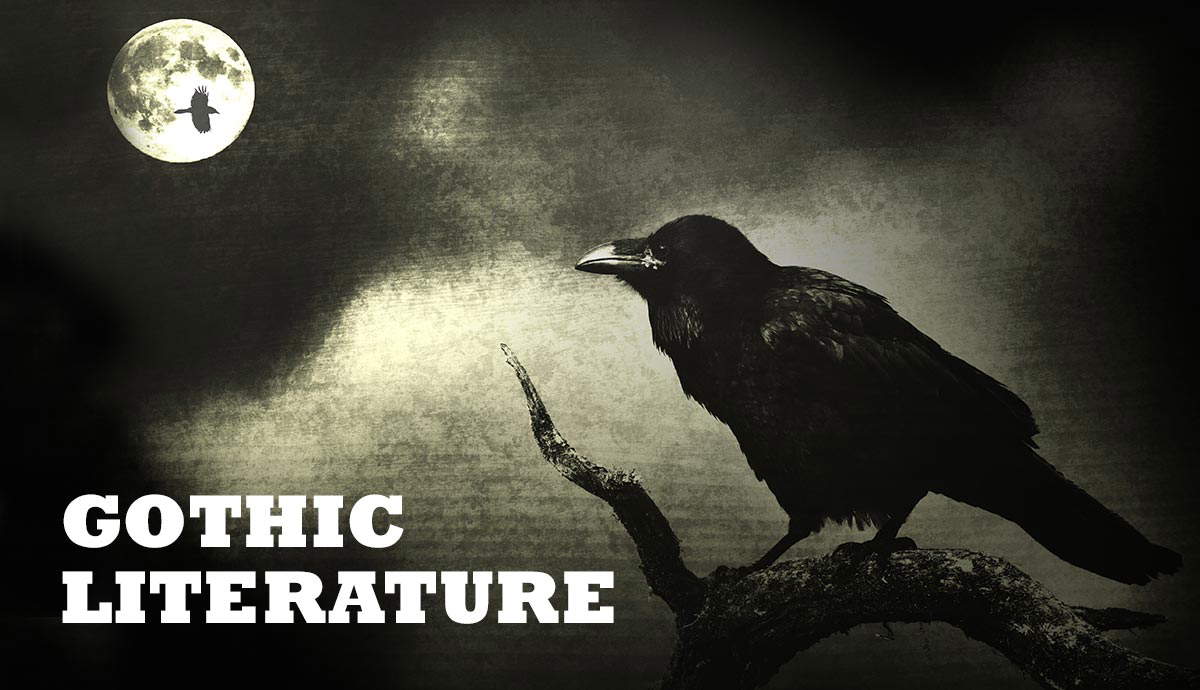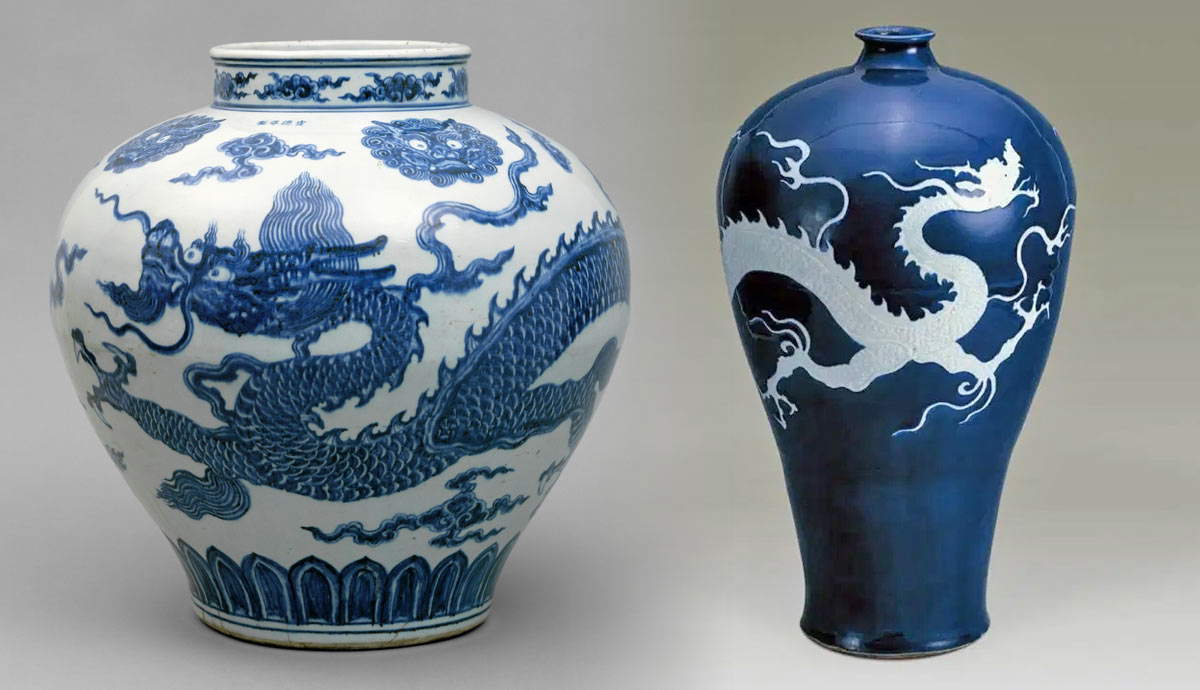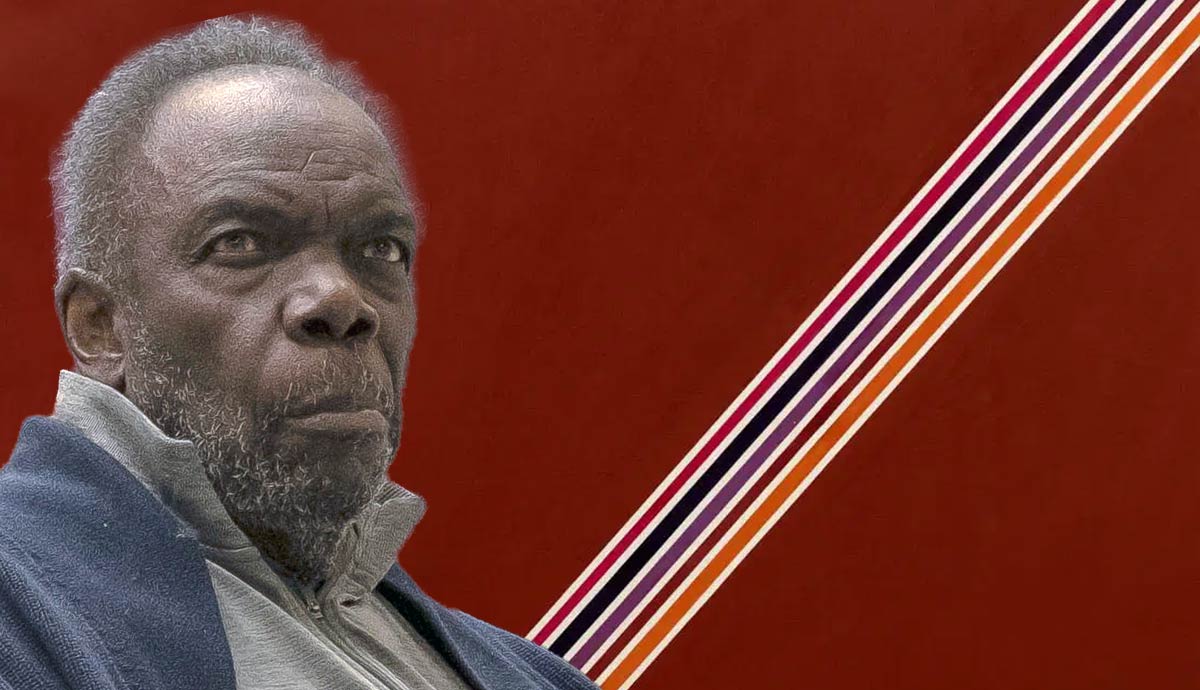
Sam Gilliam was a famous American abstract painter known for his suspended canvases, soaked in acrylic paint. As a young artist, Gilliam was inspired to experiment with the Abstract Expressionist scene that dominated the art market. However, in his works he went much further, dismantling the boundaries between painting and sculpture. Read on to learn more about Sam Gilliam, the famous artist behind the drape paintings.
1. Sam Gilliam Came From a Creative Family

The practice of “making things” was the core occupation of Sam Gilliam and his family for as long as he could remember. His mother was a homemaker and a proactive member of a local sewing group and his father was a carpenter. All of his seven siblings were also always creating something, from assembling paper dolls to fixing cars. Thus, Gilliam’s family encouraged him to draw and paint, believing that such a quiet, concentration-intensive hobby would keep him out of trouble on the streets.
Born in 1933, Gilliam grew up and spent most of his life in Louisville, Kentucky. Although Louisville was a racially segregated city, it was known as a relatively safe and stable spot for the Black community. During his student years, Gilliam took part in demonstrations and sit-ins against segregation.
Gilliam’s early artistic influences came from the Bay Area Painters—a San Francisco group, inspired by the works of Abstract Expressionists, adopting their methods to create figurative art. In the 1950s, Gilliam graduated from the University of Louisville and became mostly known for his dark semi-abstract paintings of human figures. During his years of study, the University professors promoted figurative art as a safe and practical way of work, devoid of provocation.
2. Gilliam Had a German Mentor

Still, in his University years, Gilliam met at least one extremely influential figure, which helped him form his visual language and artistic approach. Professor Ulfert Wilke had German origins but moved to the US in 1938. Wilke had a vast collection of African art and German Expressionism, including some works by Paul Klee. Klee’s artistic language and teaching philosophy attracted Gilliam’s attention. Wilke encouraged his talented student to learn and practice more and even employed him as his assistant.
Wilke forced Gilliam to try his hand at watercolors. The mentor thought Gilliam was treating canvas with too much respect, being too cautious to experiment with the medium and work freely. Watercolor, in Wilke’s view, was much harder to control, as it inevitably soaked into paper and demanded the artist to partially loosen their control. Moreover, Wilke specifically demanded Gilliam to paint on thin Japanese paper, making the medium even less controllable.
3. He Served in Japan

From 1956 to 1958, Sam Gilliam served in the US Army as a company clerk at the base in Yokohama, Japan. Curiously, during his service, the most profound artistic experience he obtained came not from local Japanese culture, but from European artists whom Gilliam did not manage to see back home. There, he saw a major Picasso exhibition and observed the Imperial Hotel in Tokyo designed by Frank Lloyd Wright. Still, the biggest impression came to him through the works of Yves Klein. Klein’s work demonstrated the potential for a new way of interaction between art and audience, which Gilliam later explored.
4. Sam Gilliam Was Inspired by Abstract Expressionism

Among other key influences on Gilliam’s life and work was the Washington Color School. He moved to Washington in 1962, knowing almost nothing about the local artistic scene. The Washington Color School artists used to thin down their paint and soak canvases in it, thus avoiding the visible brushwork, typical for Abstract Expressionists.
Sam Gilliam was thrilled to discover new forms of art he had never seen before. Inspired by the use of free-flowing paint, he began to experiment with the so-called Slice Paintings. These paintings involve applying watercolor to thin washi paper and then folding the sheet, so that the paint would spread uncontrollably. The final result was a crumpled multi-colored painting with visible creases, which formed the painted forms. These Slice paintings were the first of Gilliam’s steps towards dismantling the traditional relationship between an artist and their canvas.
5. His Experiments With Geometry Failed

In the mid-1960s, Sam Gilliam created mostly geometric abstractions. Using duct tape, he arranged grids, lines, and rectangles, later filling them with bold colors. However, his work was mostly unsuccessful. The critics noticed how uncomfortable he felt in rigid geometry. Although he followed all the rules of quality abstract painting of the time, the works nonetheless were unexciting and lacked liveliness.
To change it, Gilliam began to experiment. His first major breakthrough occurred when he decided to remove the adhesive tape, with which he arranged his colorful compositions, while the paint was still wet, allowing colors to bleed into each other and mix. Gradually, Sam Gilliam let go of any form of predetermined design, ditching tape entirely, and focusing on working with pure flowing color.
6. Sam Gilliam Used Unsupported Canvas

After the unsuccessful experiments with geometry and a breakthrough of his Slice paintings, Sam Gilliam began moving forward in his expression. In the late 1960s, Gilliam began further experiments with form by leaving his painted canvases to dry without fixing them on wooden stretchers. While drying, these works changed their shape and texture. Soon, the artist decided to use this process to his own advantage. After soaking his canvas with paint, he crumpled and folded it, creating a complex draped form. After the canvas dried and hardened, he suspended them on leather straps, ropes, and wires. This way, he created not paintings but painted environments.
Sam Gilliam was a knowledgeable and well-educated artist, capable of positioning his way of work within the major timeline of global art history. Given all that, Gilliam was not in the least concerned with the modernist issue of moving art forward. He freely moved back and forth between techniques and ideas and questioned any fixed periodization even in his own oeuvre. Gilliam’s suspended paintings came as a surprising and refreshing development in the 1960s abstraction, which had already begun to turn stale.
7. His Drapes Were Inspired by Drying Laundry

According to Sam Gilliam himself, his main inspiration for creating the Drape paintings was the bedlinen that was drying on racks in his neighborhood. By imitating the basic principle, Gilliam made his works unusually fluid and prone to change. Each reinstallation of each work presented a different result in accordance with Gilliam’s or the curator’s mood.
Gilliam’s creations were making the boundaries between painting and sculpture obsolete. The tyranny of wooden stretchers that determined the size and shape of paintings was now over: the finished painting could take any form the artist wanted it to take, and gain exciting three-dimensionality, while still formally following the rules of a two-dimensional category of painting. Gillam’s works were not simply present in the spaces of galleries and museums but rather transformed them. In that sense, they exited the conventional paradigm of painting as a commodity. Physically demanding, these works were outstandingly beautiful but unfit to decorate one’s living room as a form of social capital. His works were not neatly fitting the environments, but creating them.
8. He Was Not Just a Painter

Apart from painting abstract works on unsupported canvases, Sam Gilliam worked as a printmaker, public art creator, and stage set designer. Moreover, he was an influential and respected art teacher, who raised the next generation of artists. Initially, his mentors told him he could not teach because he was too passionate about art. In the mid-1970s, Gilliam began applying his drape paintings principle to create works of public art. In the following decades, the artist moved on to creating prints and collages, occasionally referencing traditional African fabrics.
9. Sam Gilliam’s Abstract Art: Artist and Criticism

For a Black artist working in the years of the Civil Rights and Black Power movements, it was impossible to escape certain expectations and evaluations related to their work. In a way, Gilliam suffered from the dominant ideological framework of his time, when any kind of art made by an African American was inevitably judged through the lens of racial and activist judgment. As a Black American, he was expected to create politically charged work, and even faced criticism from other Black artists for allegedly avoiding his social responsibility. In fact, Gilliam never distanced himself from the political cause but preferred to keep it separate from his artistic work.
Attempts to categorize Gilliam’s art within the extensive domain of African American art have proved futile. Despite his own racial and cultural identity, the artist’s work seemed to exist outside of the expected boundaries. In fact, the mere presence of Gilliam’s art indicated the limitations of any categorization on aesthetic, temporal, or cultural terms.
